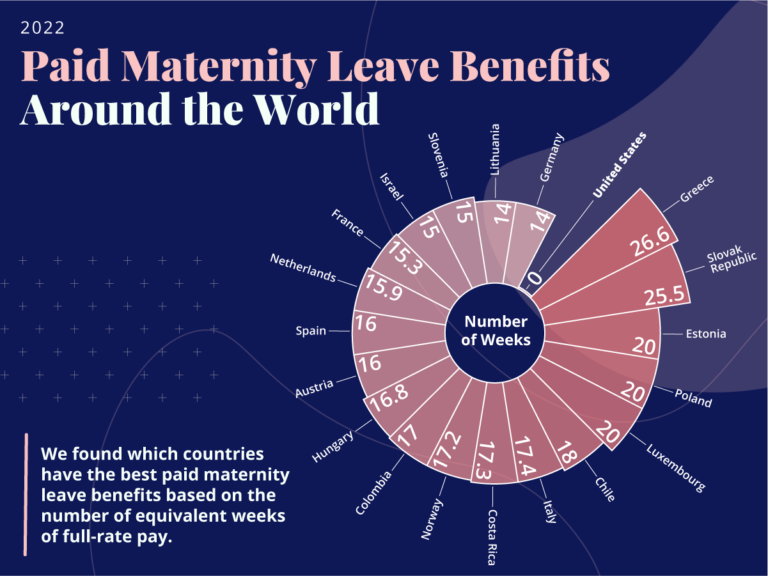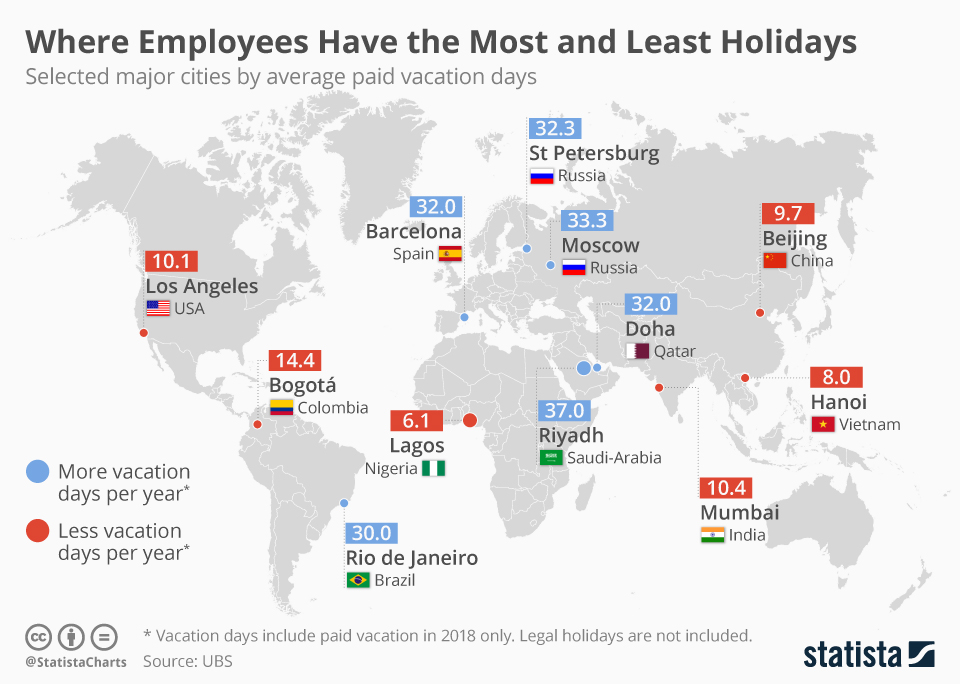
10 types of leaves to Include in Your Leave Policy
Implementing a comprehensive leave policy in your organization is important for maintaining a healthy work-life balance and ensuring smooth operations. It provides a structured framework for employees to take time off when needed, promotes employee well-being, reduces burnout, and fosters a positive work environment. A leave policy also helps manage attendance, maintain productivity levels, and ensure fairness and consistency in granting time off.
Here are 10 types of leaves to include within your organization/leave system:
Sick Leave:
Sick leave is granted to employees when they are unwell or injured and unable to perform their duties. It ensures that employees can take the necessary time off to recover, seek medical attention, and prevent the spread of illness within the workplace. Sick leave may be accrued based on the length of employment or provided as a set number of days per year.
Casual Leave:
Casual leave, also known as personal leave or unplanned leave, allows employees to take time off for unforeseen circumstances or personal reasons not covered by other leave types. It provides flexibility for employees to address unexpected situations, emergencies, or urgent matters that require their immediate attention. Casual leave is typically available in limited quantities and may require prior approval from a supervisor.
Religious Holidays:
Religious holidays are specific days of significance within various religious traditions. Employers may grant time off for employees to observe these holidays based on their religious beliefs. Recognizing and accommodating religious holidays fosters inclusivity and respect for diverse cultures and religions within the workplace.
Maternity Leave:
Maternity leave is designed for expectant mothers, providing them with time off before and after childbirth. It allows mothers to physically recover, bond with their newborns, and adapt to the demands of motherhood. Maternity leave may be partially or fully paid, depending on the company's policies and applicable laws, and the duration of leave can vary.

Compensatory Leave:
Compensatory leave is granted to employees who work additional hours beyond their regular schedule. Instead of receiving overtime pay, employees accumulate compensatory leave, which can be used to take time off at a later date. This type of leave recognizes the extra effort put in by employees and provides them with greater flexibility and work-life balance.
Bereavement Leave:
Bereavement leave acknowledges the emotional impact of the loss of a loved one. It grants employees time off to grieve, attend funerals or memorial services, and take care of necessary arrangements. Bereavement leave demonstrates compassion and supports employees during difficult times by allowing them to focus on their emotional well-being and personal obligations.
Sabbatical Leave:
Sabbatical leave offers an extended period of time off, typically ranging from a few weeks to a year, for employees to pursue personal growth, engage in research, or take a break from work. It allows employees to recharge, explore new opportunities, gain fresh perspectives, and return to work with renewed enthusiasm and creativity. Sabbatical leave may be unpaid or partially paid, depending on company policies.
Public Holidays:
Public holidays are designated days recognized by the government where businesses and organizations are generally closed, allowing employees to have a day off. These holidays typically commemorate national or cultural events and are observed nationwide. Employees are entitled to paid time off on public holidays, ensuring they have time to relax, celebrate, or spend time with family and friends.

Unpaid Leave:
Unpaid leave refers to a period of time off that employees take without receiving their regular salary or wages. Employees may opt for unpaid leave for personal reasons, such as extended travel, personal projects, or to handle unforeseen circumstances. While employees do not receive monetary compensation during unpaid leave, their job position and benefits are typically protected, ensuring a smooth transition back to work.
Annual Leave:
Annual leave, also known as vacation leave, provides employees with a specific number of days off each year. It allows employees to take time away from work to relax, rejuvenate, spend quality time with family and friends, or pursue personal interests and hobbies.
These leaves, with their varying purposes, contribute to a well-rounded leave policy that values employee well-being, work-life balance, and personal development.
Ready to set up a leave management system for your company?
To streamline the leave management process, organizations can leverage tools like our Pookiy Attendance Slack Bot. This bot automates the leave process by allowing employees to request leaves, specifying the type, duration, and reason, directly through Slack. It notifies managers, tracks leave balances, and ensures timely approvals.
With its automated features, the attendance slack bot reduces administrative burden, eliminates manual paperwork, and enables organizations to efficiently manage and monitor employee leaves, resulting in a more productive and satisfied workforce!
